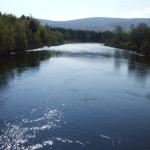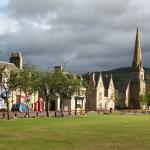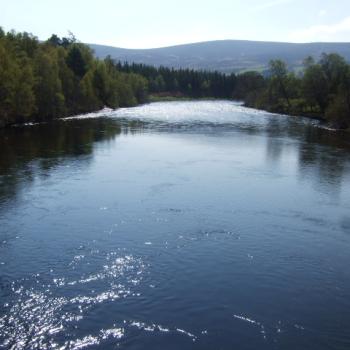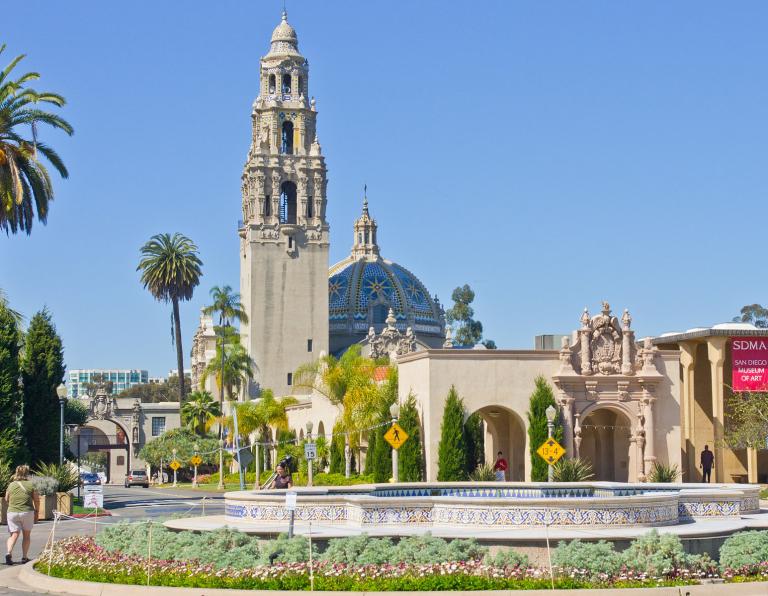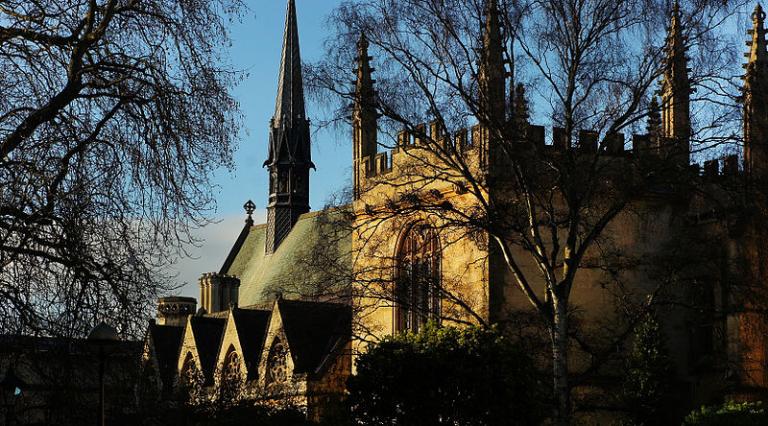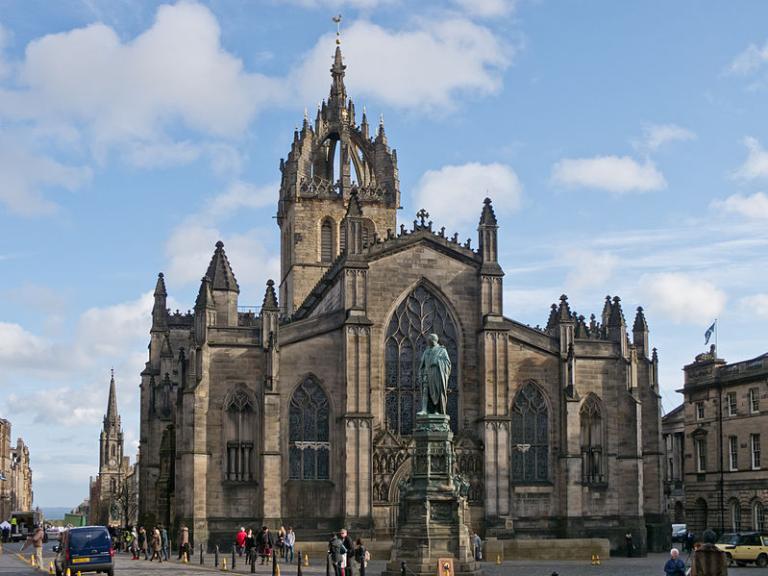
With very slight modification, the lines below were originally published in the Deseret News on 25 June 2016 as a column by William Hamblin and Daniel Peterson, based on materials that I had just read during a visit to the Cathedral of St. Giles and the house of John Knox in Edinburgh, Scotland:
The name and legacy of John Knox are inseparably connected with Scotland’s capital city of Edinburgh, although important events in his very dramatic life also occurred elsewhere.
Born around 1513-1514 near Haddington, roughly 20 miles east of Edinburgh, Knox crossed the Firth of Forth northward to study at the University of St. Andrews. Following his studies, he was ordained a Catholic priest.
Massive changes were taking place in Christendom, however, and Knox would soon be very much caught up in them. According to traditional accounts, Martin Luther had nailed his famous “95 Theses” to the church door in Wittenberg in 1517, launching the Reformation. By 1522 and 1530, respectively, the Swiss reformers Ulrich Zwingli and John Calvin had themselves broken with Rome, the former in Zurich and the latter in Geneva.
About 1544, Father Knox became a disciple of George Wishart, an early Scottish advocate of the Reformation, and converted to Protestantism. In 1546, though, Wishart was arrested on orders of Cardinal David Beaton. Knox was with Wishart at the time and fully intended to accompany him to prison, but Wishart persuaded him otherwise, saying “Nay, return to your bairns (children) and God bless you. One is sufficient for a sacrifice.”
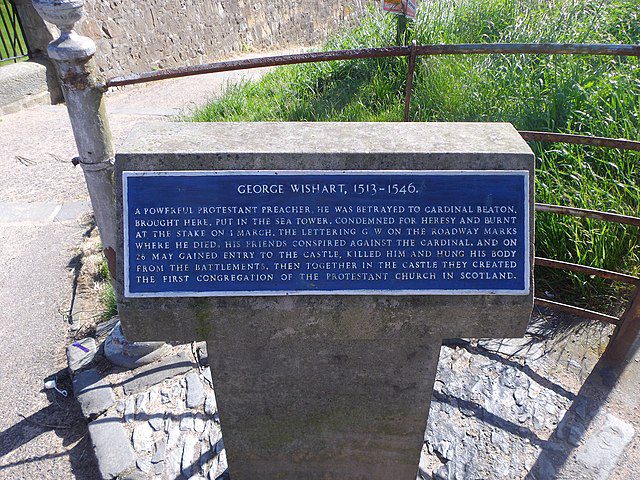
On Cardinal Beaton’s orders, Wishart was executed as a heretic at St. Andrews in 1546 after a trial that had plainly been rigged. In revenge, the cardinal himself was assassinated shortly thereafter. (The supposedly precise spot of Wishart’s execution is still marked near the ruins of the St. Andrews Castle, and a nearby marker — shown above — memorializes his story and the immediate ensuing story of Cardinal Beaton.) Amidst the turbulence that ensued, Knox was arrested and confined aboard a French ship as a galley slave, rowing for nineteen months under horrific conditions. After being set free for reasons that remain unclear, he made his way to England. He couldn’t yet return to Scotland, though, because the religious and political climate there was extremely hostile to Protestantism. However, in 1534, King Henry VIII had declared the Church of England independent of Rome, and Knox became an influential preacher in the pulpits of Scotland’s southern neighbor.
But matters were still unsettled in England. Mary I succeeded to the throne of England in 1553, determined to restore Catholicism as the official faith of the nation. (Something of her methods can be guessed from her nickname, “Bloody Mary.”) Knox was obliged to flee to the European continent, where he both studied and taught in Calvin’s Geneva and in Frankfurt. His close contact with Calvin was fundamentally important to the development of his thinking, as was his experience with the theocratic state that Calvin had established.
But Queen Mary died in 1558 and conditions were also changing in Scotland, so, in 1559, Knox resolved to return to his native country as a kind of revolutionary. On June 29, 1559, he preached for the first time in the impressive Church of St. Giles, on the “Royal Mile” near Edinburgh’s famous castle. A week later, he was elected minister of St. Giles, and he held that position for thirteen years, until rather shortly before his death.
In 1560, Scotland itself became officially Protestant, and the change was already so firmly established by 1562 that, when the 19-year-old Catholic Mary, “Queen of Scots,” returned from France to assume the throne, she practiced her faith privately but chose not to interfere with the public Protestantism of her country.
Amidst the religious animosities of the day, though, her conciliatory behavior angered many. The Catholics still in Scotland were enraged at her tolerance of Protestantism, while Knox fiercely denounced her from the pulpit for attending Catholic mass in her private chapel. He boasted that when they met, his harsh language toward her reduced her to tears. Then, having been forced to abdicate the throne and flee Scotland in 1567, she was captured and brought to England. Knox demanded that she be executed — which, after many years of imprisonment, she was. She was 44 years old at her death in 1587. (Knox had already died in 1572 and was thus unable to enjoy his triumph.)
Knox is typically considered the founder of Presbyterianism, a movement that takes its name from a mode of governance that relies on councils of “elders” (Greek “presbyteroi”). Presbyterian doctrine, which has been heavily influenced, historically speaking, by the teachings of Calvin, characteristically focuses on the sovereignty of God, including the concept of divine predestination, the supreme authority of the Bible, and God’s grace as the necessary and sole means of salvation. With Calvin, Knox remains a major figure in Presbyterian tradition.
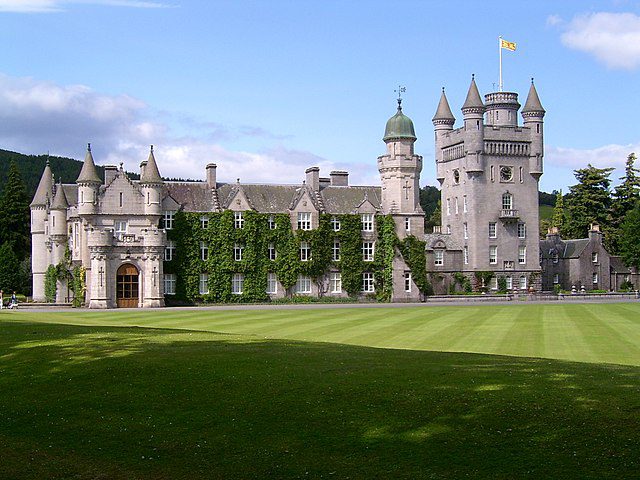
I can only assume that King Charles III was somehow unaware that we’re in town, because he and the entire royal family were absent today when we visited Balmoral Castle and its extensive grounds. However, we managed to have a pleasant time, nonetheless. The weather was gorgeous, the long entry walk among enormous Victorian-planted pine trees is spectacular, the gardens (which actually grow the estate’s vegetables, fruit, and ornamental plants) are interesting, and the ballroom (the only section of the palace itself that is open to the public) is filled with historic photographs of the royals. It was good to refresh our memory of British royal history from Queen Victoria and Prince Albert down to the present. There were formal photographs in the ballroom, including coronation photographs and a continually running film of Elizabeth II’s coronation, but mostly informal photos of Victoria herself, as well as of the lamentable Edward VII, George V, the fortunately never-crowned Edward VIII, George VI, Elizabeth the Queen Mother, Elizabeth II, Charles III, Prince William and Kate, John Brown, Abdul Karim (aka “the Munshi”), and etc.
Posted from just outside Ballater, Aberdeenshire, Scotland


